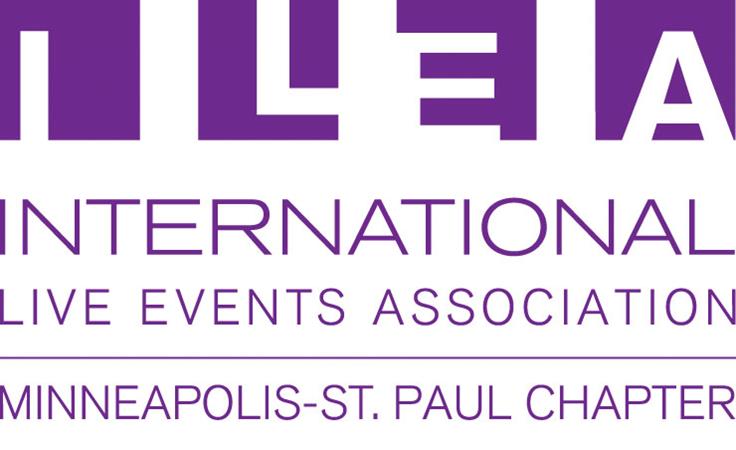Creator of digital platform meetingpages complete event planning directory and resource delivering leads and national, regional and local exposure for event venues, suppliers and destinations in MN, WI, IA & CO markets. In her free time, this 19 year industry veteran enjoys dance, group fitness, and training her young golden retriever dog in competition obedience and confirmation.
Setting the Scene: How Destination Selection Can Shape Your Event's Theme
For today’s meeting and event planners, choosing a destination isn’t just about accessibility or amenities — it’s about inspiration. The right location doesn’t just host your event; it shapes the story, sets the tone, and can even drive engagement and attendance. From the North Shore of Minnesota to the mountains of Colorado, the Midwest and Mountain West offer rich opportunities to use setting as a springboard for creativity.
Here’s how expert planners are letting destinations lead the way in designing unforgettable event themes.
1. Let the Locale Lead the Narrative
“Every destination has its own personality,” says **Tina Caldwell**, CMP, Creative Director at Elevated Events. “The trick is to lean into those regional identities and let them guide your creative concept.”
For example:
A corporate retreat in Duluth, Minnesota might draw on the North Shore’s rugged beauty and maritime history to build a theme around resilience, exploration, and fresh horizons.
A fall leadership summit in Lake Geneva, Wisconsin could evoke the elegance of a classic lakeside getaway — think: vintage resort vibes, bonfire storytelling, and “dockside diplomacy” breakout sessions.
Expert Advice:
Start with what makes the destination iconic — whether it’s natural beauty, cultural heritage, or culinary identity — and brainstorm how that can reflect your meeting’s goals.
2. Use Geography to Shape the Mood
“Location sets the emotional tone,” explains **Carlos Nguyen**, Event Strategist at GlobalSync Meetings. “An urban setting feels very different than a mountain resort or a riverside lodge.”
For instance:
An innovation summit in Denver, Colorado might use the backdrop of the Rockies to inspire a theme of “elevation,” encouraging attendees to think big, aim high, and break boundaries.
A healthcare symposium in Des Moines, Iowa could tap into the city’s blend of modern infrastructure and Midwest hospitality to foster themes of balance, connection, and community care.
Expert Advice:
Let the natural and urban elements of your destination guide the theme’s emotional arc — whether that’s high-energy, reflective, adventurous, or relaxed.
3. Tap Into Local Experiences
The most impactful events don’t just visit a place — they *experience* it. Tapping into local culture, cuisine, and crafts can bring your theme to life in ways attendees remember long after they’ve packed their bags.
Regional Ideas:
In Madison, Wisconsin, partner with local cheese artisans or host a farm-to-table dining experience at a nearby sustainable farm to support a theme of “local excellence” or “growth from the ground up.”
In Stillwater, Minnesota, a historic riverboat cruise or vintage trolley tour can transport guests into a “timeless traditions” or “navigating change” theme.
Expert Advice:
Work with local CVBs or destination management companies to find experiences that feel authentic — not touristy — and align with your theme.
4. Build Logistics Around the Theme (Not the Other Way Around)
It’s easy to fall into the trap of picking a theme and then trying to force it into your event logistics. Instead, consider selecting your destination first — and let it spark a theme that naturally fits.
Example:
If you’re hosting an executive retreat at a Colorado mountain lodge, build a theme around “Clarity at Altitude” or “Summit Strategy,” with sessions designed to align with the peaceful, panoramic setting. Schedule hikes, fireside chats, and outdoor brainstorming to keep the tone aligned with the environment.
Expert Advice:
When your theme grows organically from the setting, every element — from name badges to networking activities — feels more intentional and integrated.
5. Be Inspired, Not Imitative
There’s a fine line between honoring a destination and overdoing it. “You want to draw inspiration from the place,” says Caldwell, “but avoid veering into kitsch or cliché.”
Do this instead:
In Iowa’s Driftless Region, a theme of “Off the Grid, On the Mark” could emphasize innovative thinking in a naturally untamed setting — without overplaying the rural angle.
Hosting in Minneapolis-St. Paul? Consider themes of “Modern Meets Midwest,” highlighting the cities' fusion of art, culture, and technology.
Expert Advice:
Use subtle cues — like regional color palettes, curated local menus, or native florals — to tie into your theme without overwhelming it.
Closing Thoughts
Whether you’re planning a lakeside executive retreat, a downtown convention, or a scenic mountain summit, your event’s destination is more than just a backdrop — it’s a storytelling tool. When chosen with intention, the location can shape your theme in powerful ways, helping your event feel more cohesive, meaningful, and memorable.
So the next time you're selecting a destination, don’t just ask *“Where is the best place logistically?”*
Ask “What theme lives in this place — and how can we bring it to life?”










